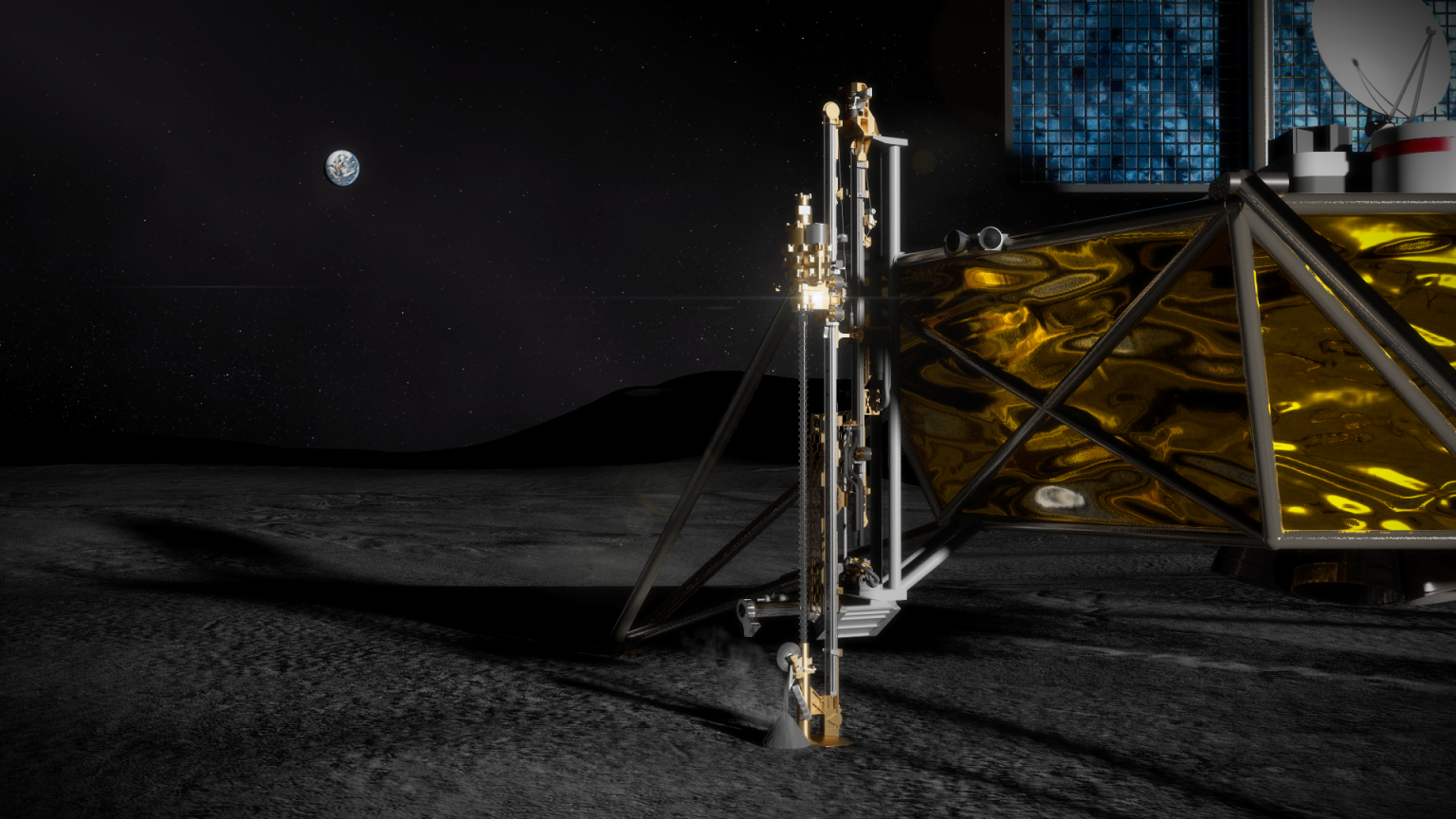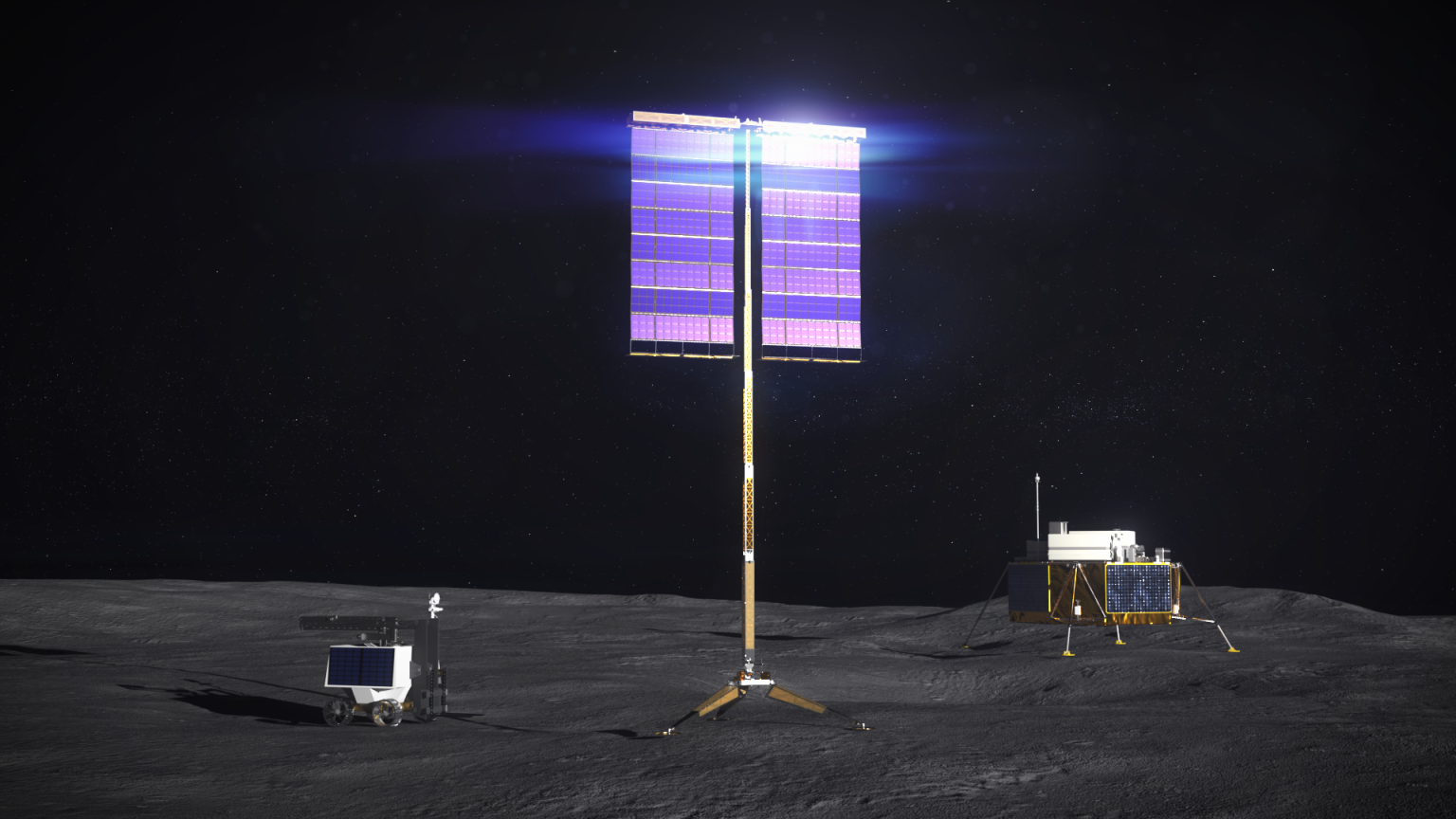Note: Please note that this is an “archived project” and is no longer updated. This article is meant for historical purposes only.
Current inertial navigation systems suffer from accumulated dead-reckoning errors and must rely on a variety of additional technologies, such as star trackers, Earth-based GPS, and Doppler, for absolute attitude and position determination. Fast light optical gyroscopes will significantly advance NASA guidance, navigation, and control capabilities.
FLOG represents a different approach to navigation that simultaneously suppresses the gyro dead-band and enhances the sensitivity per unit area by several orders of magnitude, with no added bias noise or drift. FLOG is based on the enhancement of sensitivity of an optical cavity due to the presence of an intracavity anomalous dispersion (or fast-light) medium. Two types of optical gyroscopes are being explored: passive cavity gyros (PFLOG) and active cavity, i.e., ring laser, gyros (AFLOG). This program will demonstrate a field-testable, compact PFLOG and AFLOG that is at least 1,000 times more sensitive than the best current gyroscope of the same area.
Read more about the project in a NASA news release:
Coalition of NASA, Army, Academic Researchers Wins Contract to Develop Innovative Flight Navigation Technology


































